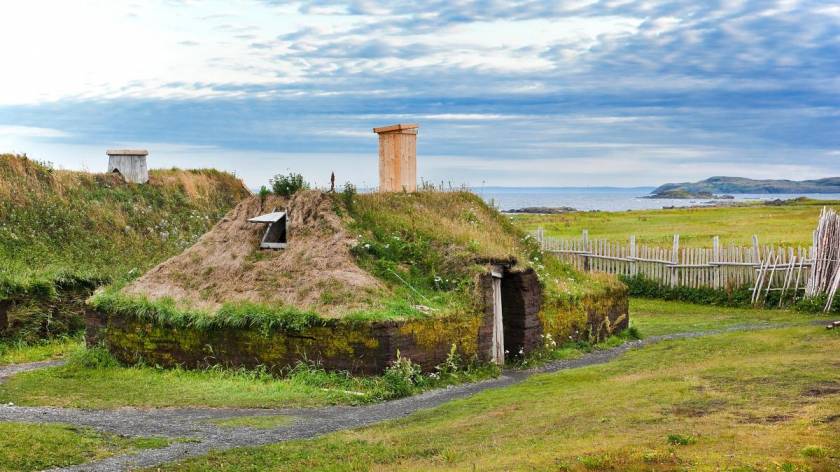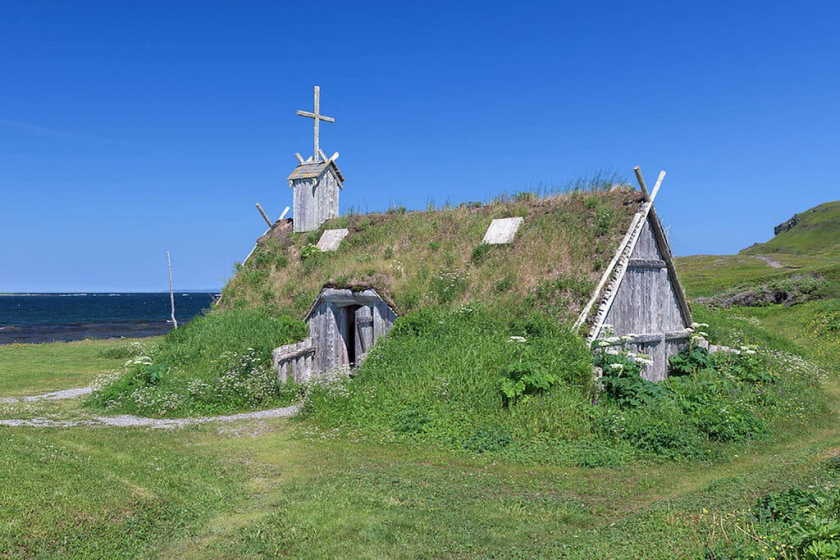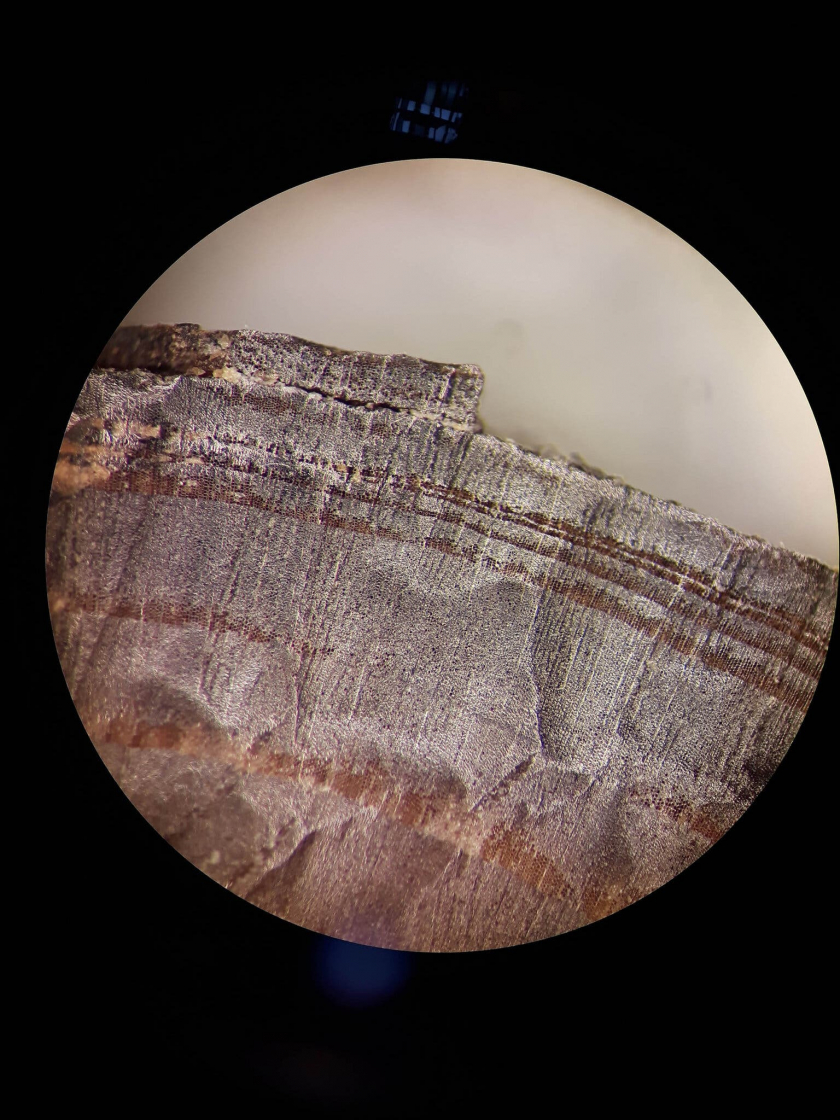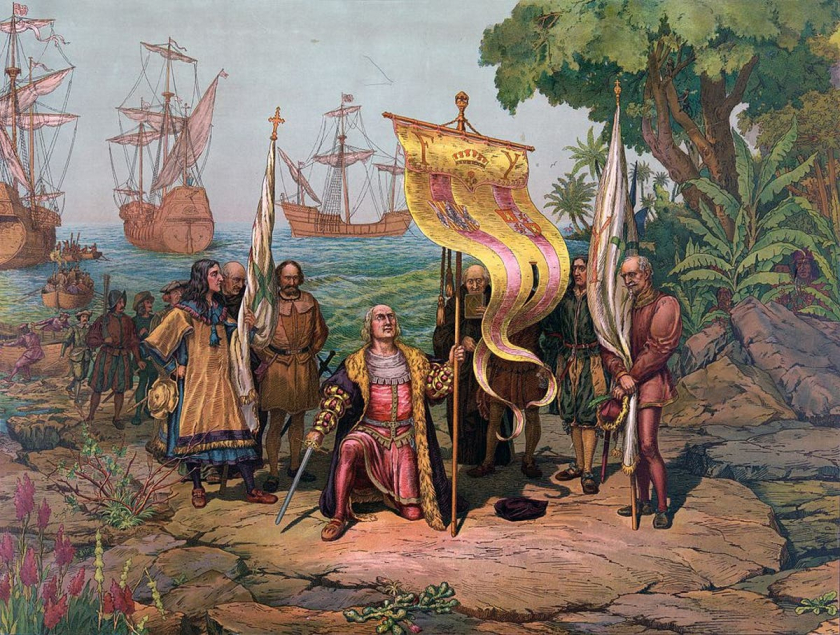About 60 years ago, a team of archaeologists discovered the remains of a settlement on the northern tip of Newfoundland, Canada. The eight timber-framed structures that remained resembled Viking dwellings in Greenland.
Scientists believed that this was the place where Vikings from Greenland lived and called this place "L'Anse aux Meadows". To this day, this is the only place where Vikings stopped in the Americas.

A timber-framed house built in the Viking style in L'Anse aux Meadows.
Initially, determining the specific time from when the Vikings began settling at L'Anse aux Meadows was a big challenge for scientists, they only knew that the artifacts found here existed throughout the Viking Age - a time when the Vikings had countless expeditions and large-scale occupations in European countries, Southwest Asia, and began to explore the North Atlantic and Northeast America (from the late 18th to the 11th century).
However, in the results published in the journal Nature on October 20, scientists have given the answer to this mystery.

Construction of a Viking-era church in Norstead, Newfoundland, near the Viking settlement at L'Anse aux Meadows.
After analyzing the signs left behind by a solar storm(a rare phenomenon in which magnetic energy built up in the Sun's atmosphere is released, causing a flash of light in the Solar System)and radiocarbon dating of three pieces of wood collected at L'Anse aux Meadows in the 1970s, scientists have determined that the first Norse explorers arrived in Newfoundland in 1021 AD, exactly 1,000 years ago.
Each piece of wood came from a different tree, still had its bark intact, and was cut with a metal tool, possibly an axe. The researchers used radiocarbon to count the annual growth rings on the wood sections. All three pieces had 28 growth rings dating back to 993 AD, but the growth rings on all three pieces had not increased since 1021, meaning the trees from which they were made were cut down in 1021.

Image of a piece of wood as seen through a microscope.
Margot Kuitems, a member of the research team and an archaeologist at the University of Groningen, said the sawn-off pieces of wood could be a "gift" left by the Vikings in this land, as the local people here did not use metal tools.
Michael Dee, a geologist at the University of Groningen (Netherlands) and author of the study, said it was important to understand exactly when the Vikings lived at L'Anse aux Meadows. He said this was evidence that the Vikings first crossed the Atlantic to the Americas before Christopher Columbus, marking a major turning point in all migrations and explorations of new lands in human history.

Before that, the Vikings in Northern Europe also expanded their explorations to the lands to the West of the Earth before coming to L'Anse aux Meadows.
“The Vikings ventured west in search of new raw materials, especially wood,” added Dr. Michael Dee, “Going to the continents to find raw materials was the first step in the globalization of humanity.”






























